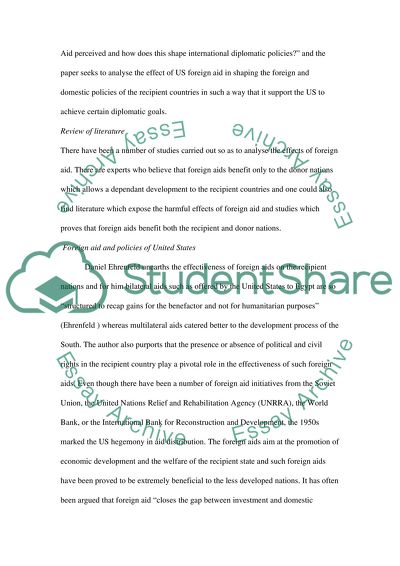Cite this document
(“The Perceived Effects of US Foreign Aid: the American Policies that Research Paper”, n.d.)
Retrieved from https://studentshare.org/family-consumer-science/1411963-the-perceived-effects-of-us-foreign-aid-the
Retrieved from https://studentshare.org/family-consumer-science/1411963-the-perceived-effects-of-us-foreign-aid-the
(The Perceived Effects of US Foreign Aid: The American Policies That Research Paper)
https://studentshare.org/family-consumer-science/1411963-the-perceived-effects-of-us-foreign-aid-the.
https://studentshare.org/family-consumer-science/1411963-the-perceived-effects-of-us-foreign-aid-the.
“The Perceived Effects of US Foreign Aid: The American Policies That Research Paper”, n.d. https://studentshare.org/family-consumer-science/1411963-the-perceived-effects-of-us-foreign-aid-the.


